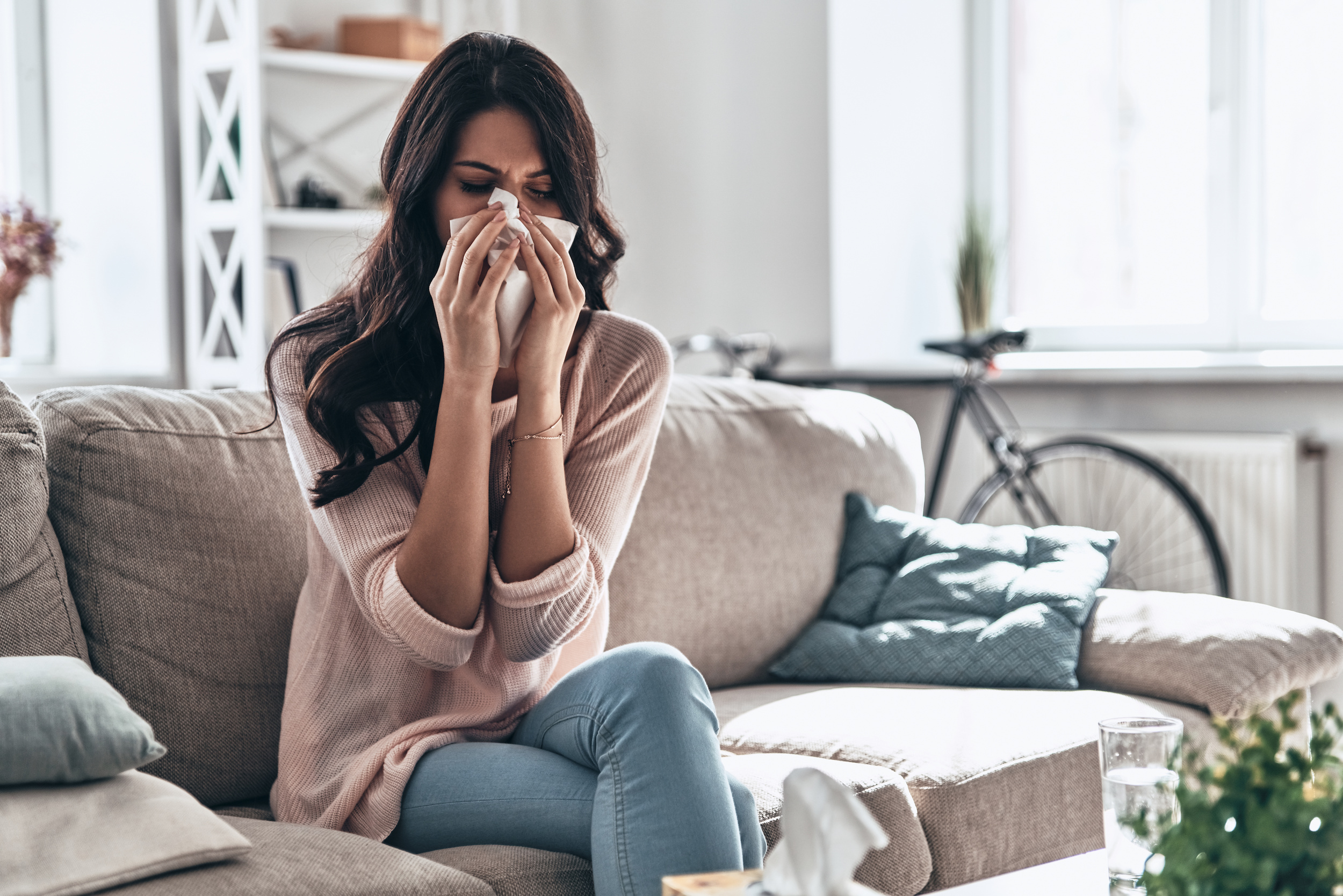While many people believe that their home is safer and healthier than other outdoor spaces, many homes can actually have worse indoor air quality compared to the air quality in outdoor spaces. Unfortunately, there are a variety of irritants and allergens that may be traveling through the air in your home and causing you or your loved ones to experience asthma and other allergy symptoms.
Air pollution is commonly believed to only occur outside, but in reality, air pollution classifies anything in the air that has the potential to cause harm to humans. Typically, air pollution involves the combination of larger or more solid particles mixed in with the air.
What is Causing Asthma and Allergy Symptoms in Your Home?
Though many people view their home as being a safe haven from outside bacteria, pollution, and allergens, those contaminants can easily follow them home or even originate in their home. There are many toxic contaminants that can be around or grow in an average household, some of the most common include:
- Indoor air pollution- Because Americans spend approximately 22 hours every day indoors, susceptible individuals are at much greater risk of adverse health effects from chronic low levels of exposure to indoor air pollutants over time. Along with particulate matter, gases such as ozone, nitrogen dioxide, carbon monoxide, and sulfur dioxide; microbial and chemical volatile organic compounds; passive smoke; and outdoor ambient air are the most common types of air pollutants encountered indoors.
- Dust mites- Dust mites are microscopic, insect-like pests that generate some of the most common indoor substances—or allergens—that can trigger allergic reactions and asthma in many people. Hundreds of thousands of dust mites can live in the bedding, mattresses, upholstered furniture, carpets or curtains in your home. They feed on the dead human skin cells found in dust.
- Mold- Scientists have reported that there are over 200 different types of mold that can appear indoors and outdoors. In homes, mold typically grows in humid, warm, and damp places like bathrooms that aren’t properly ventilated.
- Cockroaches- Waste produced by cockroaches has been proven to trigger asthma symptoms in many people. If there is a concerning amount of cockroach droppings or waste around a home, it can even cause severe asthma attacks and allergic reactions.
- Pets- Many people may have their asthma or allergies triggered by owning a pet. There are many irritants that may cause an allergic or asthmatic response such as dander, excrement, skin flakes, and hair. Keeping your home clean is important but even more important if you have pets who may trigger your asthma or allergies.
The only way to ensure that your home is as allergen-free as possible is to regularly clean it and keep the whole household properly ventilated. The Centers for Disease Control and Prevention (CDC) has created a list of resources for those who would like more information on how to control their asthma and allergy symptoms. In addition feel free to contact us at the Bernstein Allergy Clinic.

